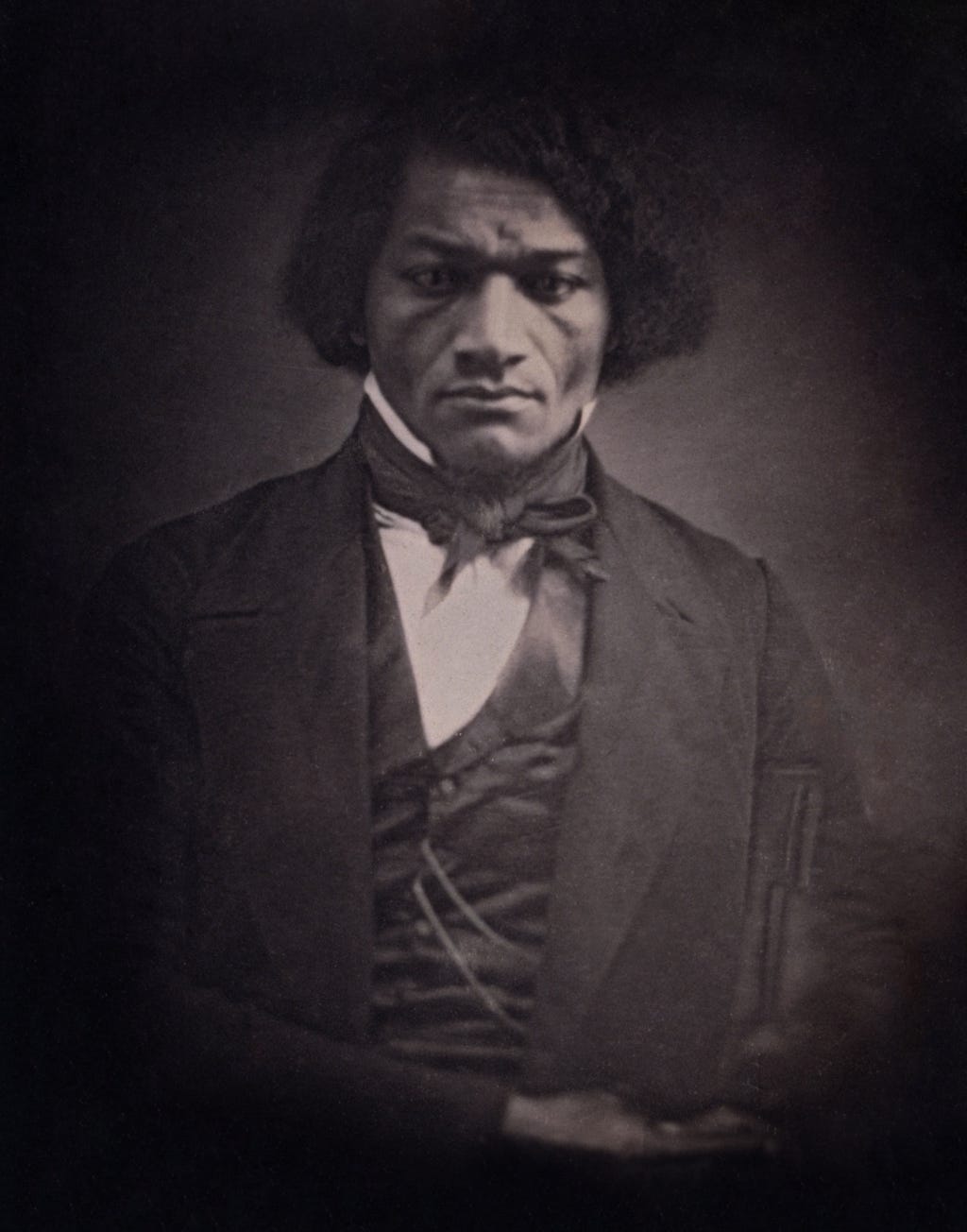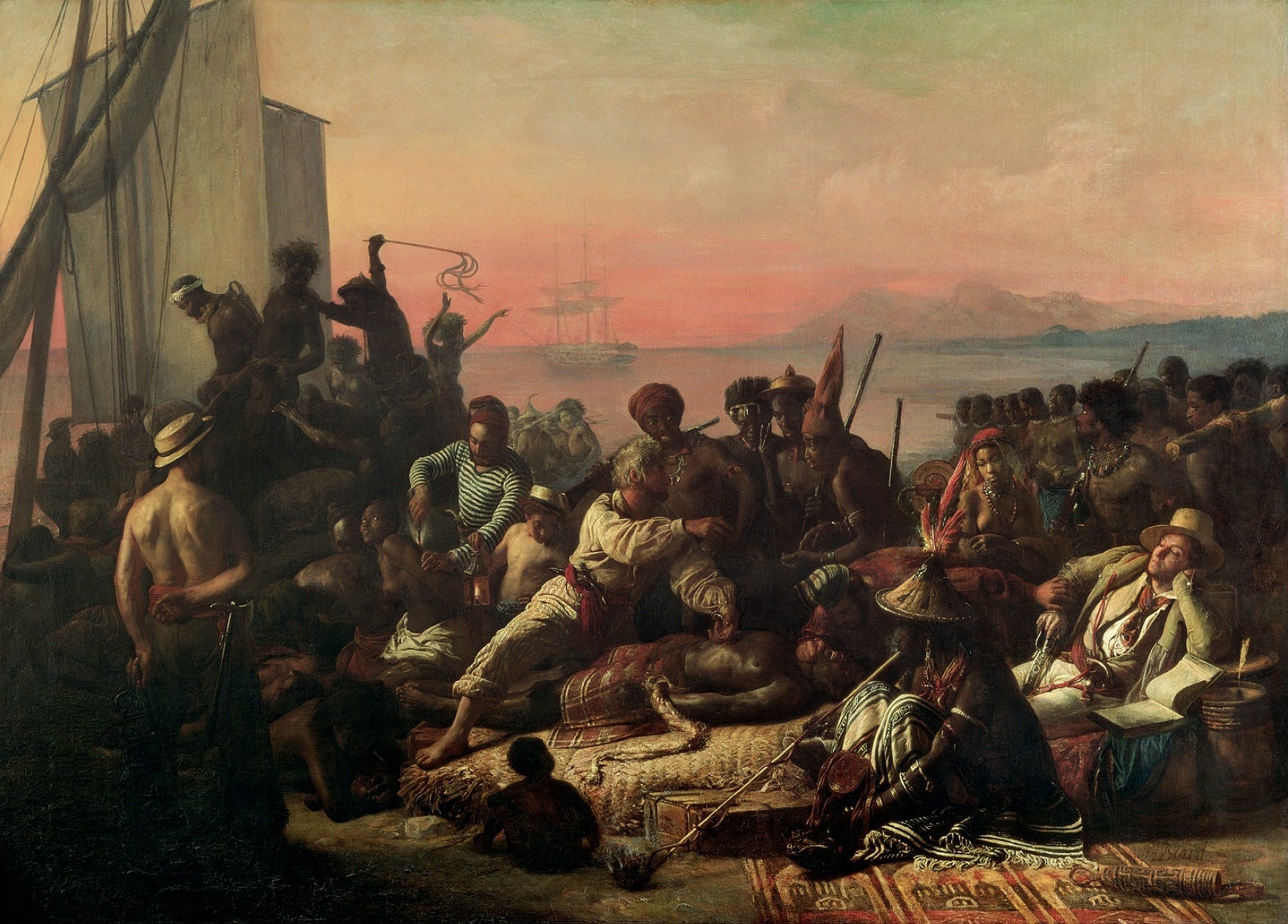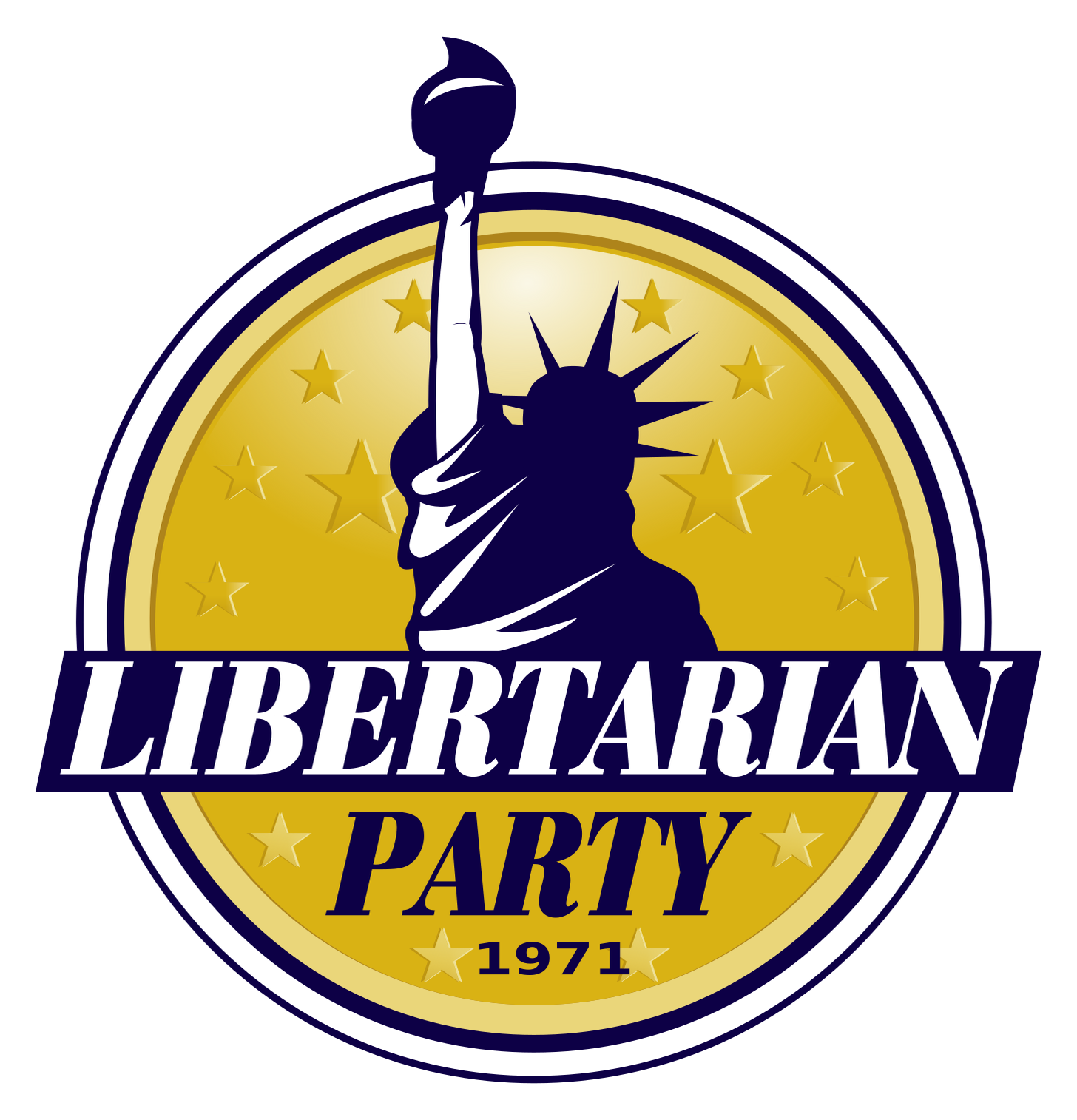July 16, 2022

Donald Trump, Vince McMahain, Steve Austin (Photo via AFP)
The Wall Street Journal last month broke the story of WWE mogul Vince McMahon's payments of hush money to an office paralegal whom he had coerced into a sexual relationship. Since then, the Journal's reporting has expanded into revelations that McMahon, over the years, paid out a total of $12 million to silence current or former WWE employees who alleged sexual harassment. The claims also extended to WWE's top executive for talent relations, John Laurinaitis (brother of the late "Road Warrior Animal," Joe Laurinaitis, and uncle of former NFL linebacker James Laurinaitis).
As chronicled by the newspaper of record of the financial ruling class, these long-whispered scandals became an affair of state. Following its origins as a third-generation northeastern promotional stronghold of pro wrestling's pre-cable territorial era, WWE is now a publicly traded multinational corporation on the New York Stock Exchange. After the first Wall Street Journal report, McMahon resigned as chair and CEO of WWE. He was replaced by his daughter Stephanie, who plays Christie, the enlightened and strong feminist heir, to Vince's Hugh Hefner. (Stephanie is married to former wrestler and current company executive Paul "Triple H" Levesque.)
Today we inhabit a world of sexual politics that understands Hollywood's Harvey Weinstein as the operator of a systematic and criminal casting couch. So it's no big surprise that the sui generis entertainment of wrestling has been run by a similarly iron-fisted chieftain's code of exploitation.
Nor, at this stage of the failed state that is the United States of America, is it much more than a pop culture cliché to point out that wrestling's histrionics and reality-TV M.O. were a metaphor for the rise of Donald Trump. The 45th president, who continues to lurk in hope of an authoritarian sequel, is a decades-long crony of Vince McMahon and his wife Linda (who was head of the Small Business Administration under Trump). Trump performed in WWE shticks, hosted two early WrestleMania pay-per-view extravaganzas at his now defunct Atlantic City casino, spurred record buy numbers at a later one and is a proud inductee of the WWE Hall of Fame.
Beginning nearly 40 years ago, I wrote some of the earliest major articles that took the wrestling industry seriously and explored the relationship between its explosion and the breakdown of regulations, specifically, and of civil society, generally – for publications such as Penthouse, Washington Monthly and Spy. So I am here to review that story, but also to do more.
Yes, the wrestling-ization of America, like the Trumpfication of America, has been insidious and inexorable. But it has not been inevitable. In the case of Vince McMahon, there were rope guides to his ascent. And there were missed opportunities, by the media and most especially by prosecutors. There was one huge missed opportunity to take him down nearly 30 years ago.
In the early 1990s, I was writing items about sex and drug scandals in what was then called the World Wrestling Federation for the "Jockbeat" column of New York's Village Voice. The headline story then was reports of sexual harassment and sexual abuse of teenage "ring boys" by company employees Mel Phillips and Terry Garvin. These were kids, mostly from broken homes, who worked for little or nothing setting up and tearing down the wrestling ring on tours and performing other gopher tasks. (Phillips and Garvin have long since died.)
Is it more than a pop culture cliché to point out that wrestling's histrionics and reality-TV M.O. serve as a metaphor for the rise of Donald Trump?
The whistleblower of the ring boy scandal was named Tom Cole. The journalist who gave the story legs was New York Post sports columnist Phil Mushnick. Cole's sad tale played out across decades, culminating in his suicide earlier this year at age 50. (Mushnick himself paid a price, warding off an expensive WWF libel suit, which was eventually dropped. I was subpoenaed by WWF but refused to cooperate, citing California's journalist shield law.)
In 1992, Cole was poised to tell all in a live shoot of Phil Donahue's show, one of the early syndicated TV talk-shout-fests. Just before he was to go on, the McMahons bought off Cole with a $150,000 settlement, almost all of which wound up in the pocket of his lawyer, Alan Fuchsberg.
WWF then rehired Cole and set him up in college courses. That arrangement collapsed when the U.S. attorney's office for the Eastern District of New York sought Cole's cooperation in a grand jury investigation of the company for broad charges of both sex crimes and illegal steroid use (designed to buff the look of kiddie idol Hulk Hogan and other star performers).
Cole was torn. Over the years, the aggressiveness of his public testimony waxed and waned. Yet at no point did he ever speak untruthfully about the abuse he and other ring boys had endured. In this chapter of the story, WWF fired him with the claim that he was sloughing off in their humanitarian mission to educate and equip him for a productive adult career. In truth, the company was freaked because Cole was talking with prosecutors.
Cole went on to get married, have children and own a small business. In 2010, when Linda McMahon was making the first of her two failed runs for a U.S. Senate seat in Connecticut — sinking a total of $100 million of the family fortune in the process — journalists sought out Cole's story (along with many others from oppo research, such as the McMahons' various shady business practices and their mysterious emergence from a 1976 bankruptcy). No one knows exactly what transactions transpired behind the scenes. In the end, Cole spoke out in support of Linda during her political campaign.
Meanwhile, within WWF (which in 2002 would become WWE, in the settlement of a trademark lawsuit by the World Wildlife Fund), it was a source of great mirth in the early 1990s and beyond that the workplace was a platform of widespread abuse and harassment of boys, women and wrestlers. A real hoot. Former wrestler Billy Jack Haynes said that when he showered after matches, he had to be careful about bending down for a bar of soap.
In interviews hyping his own matches, star wrestler Shawn Michaels made inside jokes about his mastery of a move he called the "Pat Patterson go-behind." Patterson, who died in 2020, was a wrestling great who had become Vince McMahon's top lieutenant for booking matches and crafting storylines. He was openly gay. Some of the whispers about the company's toxic culture did indeed represent classic homophobia. Others did not.
During the most intense period of my work for the Village Voice, I received calls weekly, sometimes more frequently, from McMahon's principal lawyer and mouthpiece, Jerry McDevitt, a partner in the firm then known as Kilpatrick & Lockhart — now K&L Gates (it later merged with the Seattle firm of Bill Gates' father). One of McDevitt's underlings, Rick Santorum, had been WWF's Pennsylvania lobbyist in the successful quest to defang the state athletic commission there in its oversight of boxing and wrestling. Santorum went on to become a Republican U.S. senator and 2012 presidential candidate.
(See my interview for a 2012 Mother Jones article about Santorum and wrestling. And American Lawyer's 2011 article about my verbal mano a mano with McDevitt.)
In 1992, McDevitt's message to me was that Vince McMahon and WWF were in no way under federal investigation. One Saturday afternoon he called me to press this point, citing two facts in support. One, all targets of federal investigations had to be notified by the U.S. attorney, and McMahon had received no such notification letter. Two, McDevitt had in his possession a letter from the U.S. attorney explicitly assuring McMahon that he was not a target.
On the first point, I spoke to Mary Jo White, who was then an assistant U.S. attorney for the Brooklyn-based Eastern District of New York and was later U.S. attorney for the Manhattan-based Southern District, and then the head of the SEC under Barack Obama. (She is now a senior partner at the Debevoise & Plimpton law firm.) White told me that McDevitt's description of the notification procedure was not entirely accurate.
Decades later, through the work of independent journalist David Bixenspan, I came upon the explanation for McDevitt's second assertion. Bixenspan uncovered a contemporaneous letter in which a U.S. attorney did indeed tell McMahon that he was not under federal investigation. But that letter was from an entirely different federal prosecutor, in the Eastern District of Pennsylvania. McMahon was a target in New York.
Bixenspan's reporting also clarified an amusing anecdote from that period. The late Frank Deford, the author and Sports Illustrated writer, used his weekly National Public Radio commentary segment to call on Hulk Hogan to come clean about his steroid use. Vince McMahon called Deford and, in the course of a long rant, screamed, "I can prove I'm not a mobster!" Since Deford had never accused McMahon of being a mobster, both he and I were amused. Through the Freedom of Information Act, however, Bixenspan would uncover a government document showing that wrestler Superstar Billy Graham had worn a wire for a conversation with McMahon, at the behest of federal prosecutors seeking a link between the WWF and organized crime. (For the record, I don't think McMahon is a mobster. He just acts like one.)
The grand jury investigation of WWF was run by Sean O'Shea, chief of the business/securities fraud section of the Eastern District. He blew it, accumulating massive evidence of sexual abuse and associated racketeering within the company, but never used any of it to indict anyone. He went after the drugs instead.
Federal prosecutors accumulated massive evidence of sexual abuse and associated racketeering within WWF, but never tried to indict McMahon or anyone else.
In 1991, a WWF ringside physician in Pennsylvania, George Zahorian, had gone to federal prison as a result of the first prosecution under a statute that criminalized the prescription of anabolic steroids for non-therapeutic purposes. Zahorian was notorious for his handing out steroid scripts to wrestlers backstage as he took their blood pressure before syndicated TV shows in Allentown. Evidence at his trial revealed that he had shipped drugs to a long list of patients, including Hulk Hogan and McMahon himself.
It was not exactly a bombshell revelation that professional wrestlers' cartoon physiques were pharmaceutically aided. Eventually, O'Shea indicted McMahon on charges of conspiracy to distribute steroids. Unfortunately for the government's case, the chain of evidence was weak. WWF was tipped off that Zahorian was "hot" shortly before his arrest, and had already dropped him as their ringside doctor in eastern Pennsylvania. (The McMahons had made this decision over the objection of Pat Patterson, who, according to an internal company memo, argued, "The boys need their candy.")
McMahon was acquitted at trial in 1994. A subsequent investigation of witness tampering, involving the testimony of McMahon's secretary, Emily Feinberg — a former Playboy model rumored to be his onetime lover — resulted in no further charges. Allegedly Feinberg had been approached by a notorious fixer and Rudy Giuliani crony named Marty Bergman, who happened to be the ne'er-do-well brother of journalist Lowell Bergman, the "60 Minutes" producer portrayed by Al Pacino in Michael Mann's 1999 film "The Insider," about the groundbreaking investigation of the tobacco industry.
Marty Bergman was the boyfriend of Laura Brevetti, who was Vince McMahon's lead defense attorney at the trial. Representing himself as a producer for a TV tabloid show interested in buying the rights to her story, Bergman got so much information out of Feinberg about her upcoming testimony that Brevetti's eventual cross-examination of her was a piece of cake.
When Bergman and Brevetti were married, the ceremony took place at City Hall in Manhattan, with Mayor Rudy Giuliani officiating. (Bergman died in 2008.)
By 1997, even though he had dodged prison and become the first promoter to tap wrestling's global multimedia merchandising potential, McMahon was seriously on the ropes. Ted Turner, whose TBS superstation carried a competitive wrestling promotion, bought in and spent big, unburdened by the need to pretend he was seriously concerned with drug testing. For a time during the famous "Monday Night Wars," Turner's World Championship Wrestling show, "Nitro," was consistently besting WWF's "Raw."
But McMahon was more tenacious and smarter — or at least wrestling-smarter — and within a few years he had prevailed in the war and crushed WCW. The creative turning point came when McMahon had an epiphany and turned himself into a WWF character, "Mr. McMahon," who became the company's leading "heel," or bad guy. In 1999, WWF went into orbit, for the second and definitive time, behind the ongoing feud between McMahon and antihero "Stone Cold" Steve Austin. That golden age is now fondly remembered as the Attitude Era.
In October of that year, McMahon took his company public. The initial public offering, or IPO, was launched the same week as that of Martha Stewart. (Amazing but true: McMahon never went to jail, but Stewart did.)
In preparation for his coming out on Nasdaq (WWE later switched to the New York Stock Exchange), McMahon gave New York magazine access for a cover profile. In the interview, he scoffed at prosecutors' overreach five years earlier, stating falsely that he had been convicted on one count. (In fact, he was acquitted on all counts.) According to company insiders, Vince thought this spin made him come across as even more of an anti-government, anti-elitist outlaw. Dave Meltzer, the publisher of Wrestling Observer Newsletter, told me that during the period of the New York interview, McMahon had affixed a note to his wrist to remind himself of this crucial talking point.
In 2010, during Linda McMahon's first Senate campaign, the family threatened Talking Points Memo with a lawsuit over the revival of an old story, first reported on Geraldo Rivera's TV show in 1992, that Vince had raped WWF's first female referee, Rita Chatterton, in his limousine in 1986.
Vincent Kennedy McMahon. Donald John Trump. Rudolf William Louis Giuliani. Terry "Hulk Hogan" Bollea, John Cena, Dwayne "The Rock" Johnson — and a cast of thousands. These are some of the names, and this is some of the detritus, that future historians will be forced to comb through when they attempt to make sense of the strange and disturbing epoch during which we live.







